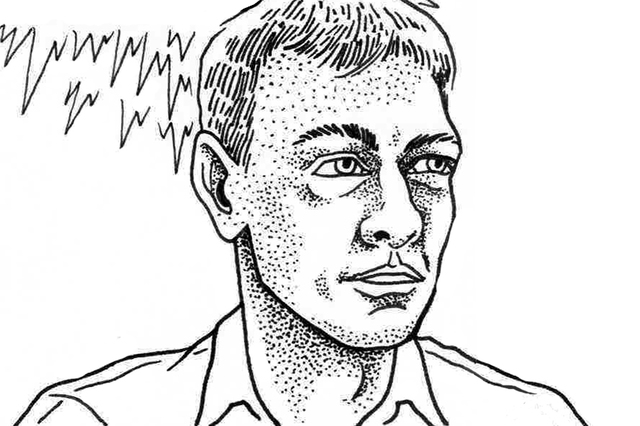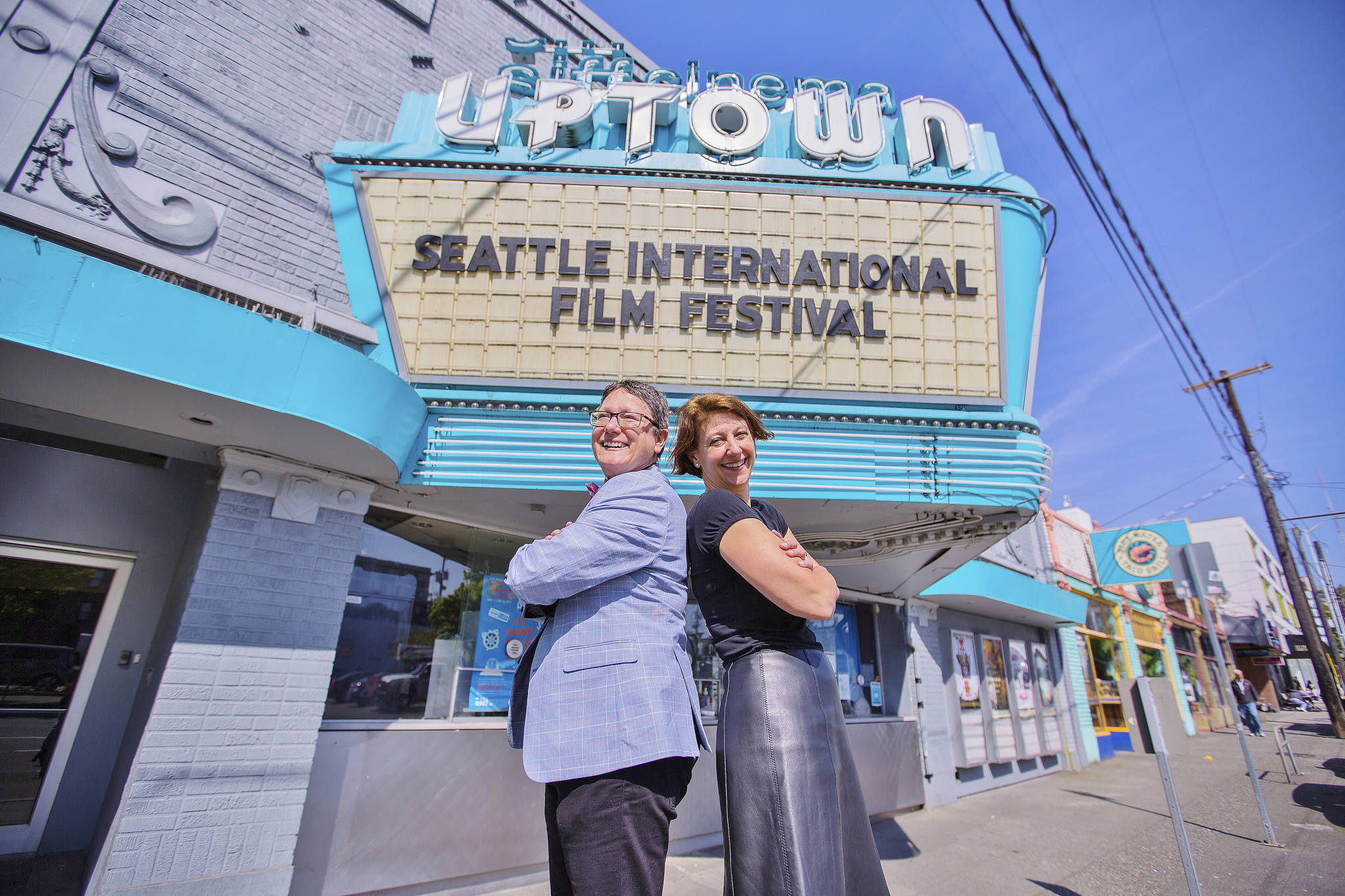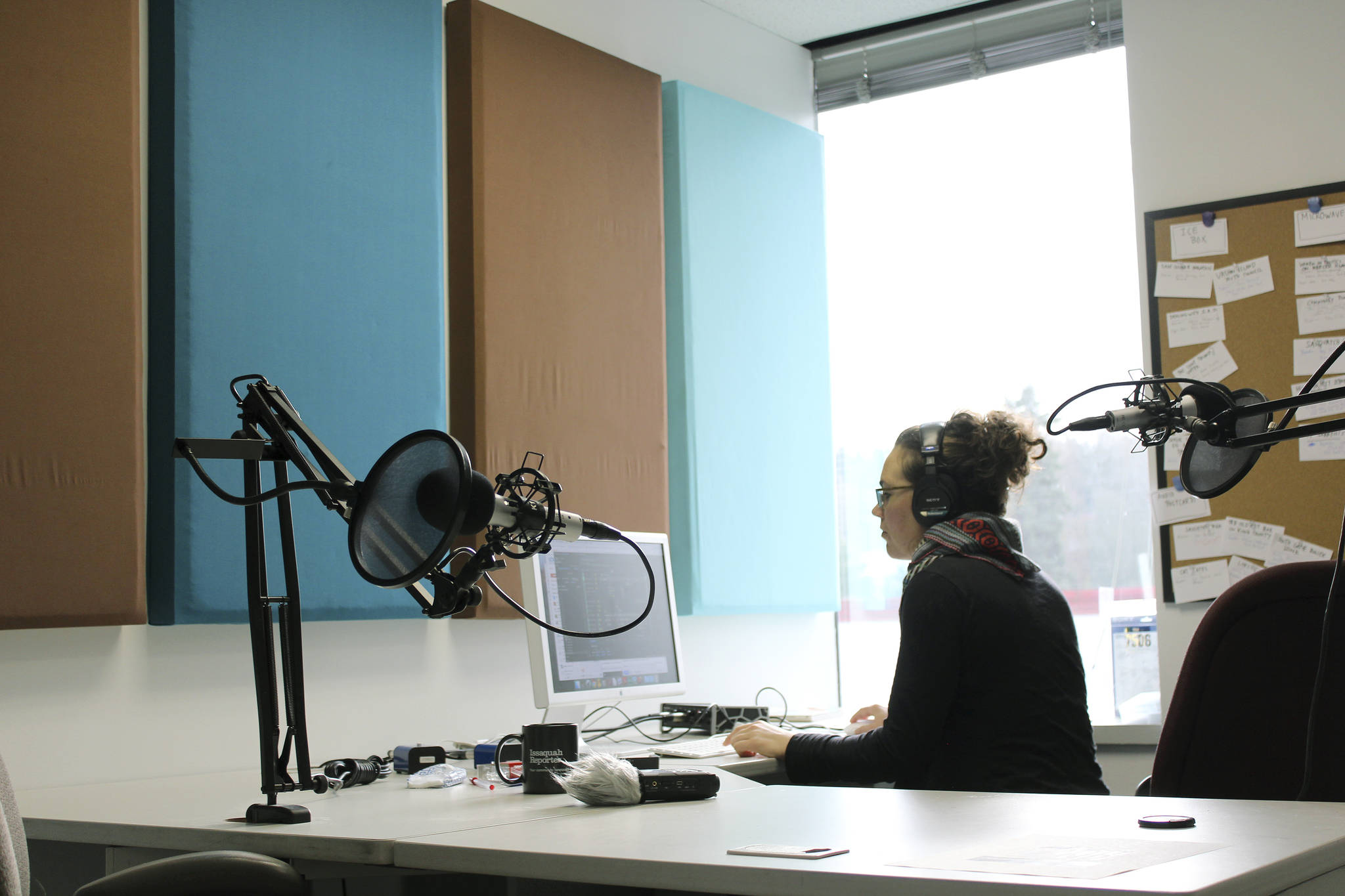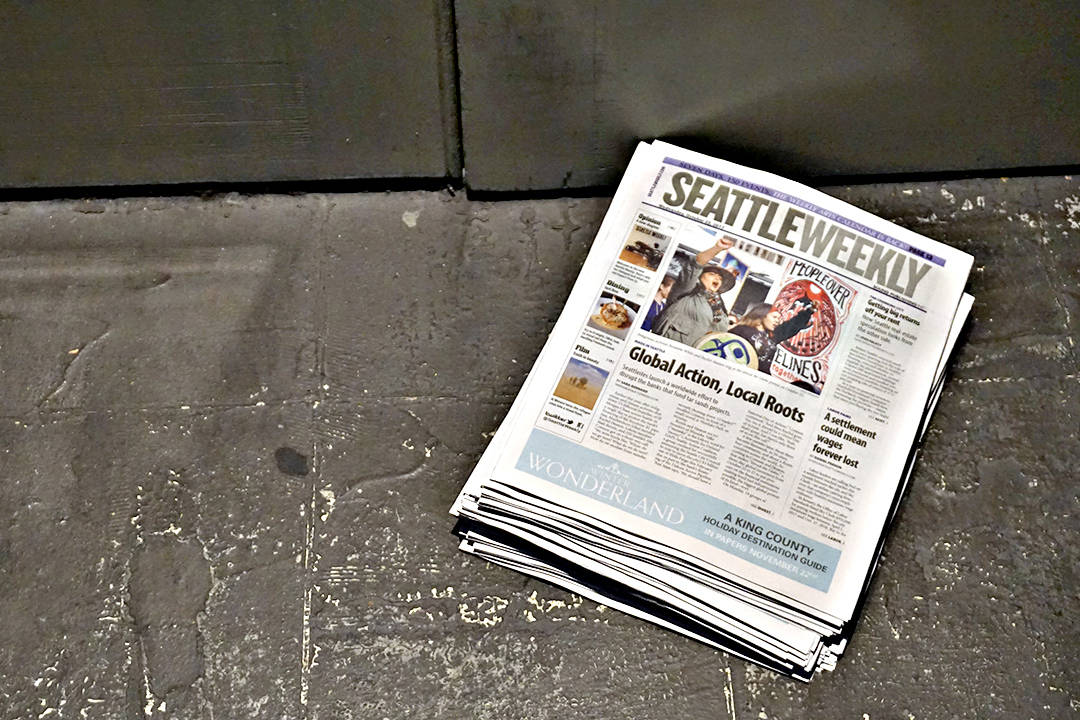Like tens of thousands of Seattleites, Stokley Towles has his transit routine. Unlike everyone else, Towles’ routine has, over the past five years, involved hours of interviews with the drivers who guide Metro buses through our city. And for the next couple of weeks, his routine will also involve boarding a Metro bus on Bellevue Avenue on Capitol Hill three evenings each week and giving a 50-minute theatrical performance that will change the way his audience thinks about the city.
A preternaturally curious performance artist, Towles has spent the past 15 years exploring the day-to-day life of the city’s workers, from librarians to sewer workers to police to garbage collectors, and then presenting his findings through one-man shows. In his latest work, Behind the Wheel: Life on the Metro Bus, Towles reveals the inner life of the bus driver. We asked him why he did it and what he learned.
How many drivers did you interview?Thirty to 40. Some people, like Nate, I’m talking to a lot. I probably talked to him four or five times and I rode with him, whereas another person I might talk to for 15 or 20 minutes and never talk to again.
Where did all these interviews take place?The life of a bus driver is that many of them work split time, so they might work in the morning and then they work in the afternoon. They’re looking for what they call a “good piece,” a long piece of work. But they might have short pieces, morning and night, and they can’t go home because there is not enough time, so they stay there at the Atlantic Base. And so you have this population of workers who are not working, they’re not on the clock, but they are there. That’s part of what was advantageous to me, because they were there to talk to. It’s like going to a cocktail party, but there is no drinking involved.
What was it about Nate that made you want to spend so much time with him?Nate compares driving to Vietnam. He says that you have to put on your flak jacket and you get your helmet and your weapon and the adrenaline kicks in and that’s what this job is like. You’ve got 40 people on the bus and you’re driving at 50 or 60 miles an hour and anything can happen and sometimes it does. He said that to me within an hour of when we met.
He had recently just retired, but he was a driver for more than 30 years, and he’s really observant. He’s spent a long time paying attention to us, to people, as have many of the other drivers. Imagine—you are sitting in a chair and you’re not talking to anyone necessarily, but you are seeing all this life going on before you and you have a lot of time to process that. They’ve done these particular transactions hundreds of thousands of times, whether it’s asking someone for money or dealing with someone who is upset about something, maybe missing their stop, and they see how we deal with these things. How are workers at rush hour? How do people respond to someone who is out of the norm, whether they are someone who is perceived to be drunk or mentally unstable or somehow other? Drivers refer to the bus as a theater. It’s a stage.
That’s really the language they use? Yes. They talk about the bus as a stage where people can perform. And sometimes it’s a question of how are you going to get the person off stage.
And it’s also a theater in another sense. If there are 10 of us on the bus, you have everything sussed out, there is a normalcy to it. Well, then, one person enters the bus and things can shift, depending on how that person interacts with the 10. And then two leave, and so it is this constantly shifting eco-system. It’s the same way in theater; characters come and they go and scenes happen and they shift. That’s what’s happening on the bus.
So it sounds like the drivers end up being students of sociology.Yes, sort of. Nate told me, “You gotta be a teacher, a psychiatrist, a doctor, a lawyer, a parent, the whole nine yards, and this is all in one trip.” And so part of the puzzle was, then, what does it mean to be these things?
What would be your job description for a bus driver? What I love about bus drivers is that we never talked about driving. That’s their title, but that’s not their job, not really. Their job is managing people and observing people, and in some ways taking care of a community that other people are either going to overlook or ignore. So there is this whole mental-health part of it. We’ve put people on the street who don’t have the skills to navigate on their own, so this whole other community of workers, whether it’s the librarians or the bus drivers, have to guide and care for and somehow manage this community.
And what did you learn from this experience?Nate said this thing when we were on the 47, toward the end of the ride. He said, “You know, what makes it interesting is that you see the same people at the same corners every day.” That’s a very simple statement and it’s almost a throwaway in one way, but at the same time, they see these people every single day. So what happens and what I witnessed is that if someone is not in their proper corner, it becomes something worth checking out, like, “What is going on here, is this person OK? Is everything all right, is something wrong?”
We … I go through the world thinking I’m anonymous, thinking no one really sees me in a big city as I walk down the street. But I know that I have these patterns that I do and that I have been doing for the last 25 years, and I have streets I walk and places I go. And now I am much more aware that there are people out there who notice those things. The bus drivers, they do that, the ones I talk to. You or I might have a job for which we take the bus and go to that place for six months, and then once that job changes, we stop taking the bus. Well, Pat tells a story where people do that all the time. She sees them the same time, the same day, week after week, and then they don’t come, and she’s left to wonder, “Is everything OK?” There is a beautiful sadness to this thing. For performance dates and times for Behind the Wheel: Life on the Metro Bus, go to stokleytowles.com.








